BLOG
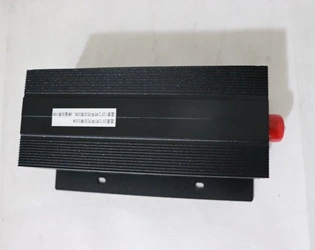
What are the installation and connection precautions for a Coaxial Load?
February 11, 2025
Understanding the proper installation and connection procedures for a Coaxial Load is crucial for maintaining system performance and ensuring long-term reliability in RF and microwave applications. These precision-engineered components play a vital role in various testing and operational scenarios, from basic impedance matching to complex system validation. This comprehensive guide will explore essential precautions and best practices for installing and connecting coaxial loads, helping engineers and technicians optimize their RF systems while avoiding common pitfalls that could compromise performance or lead to equipment damage.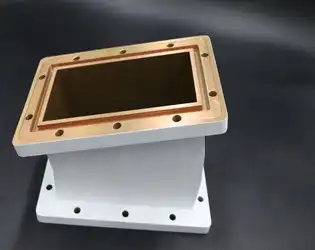
How does Waveguide H Bend interact with other waveguide accessories in a system?
February 11, 2025
Understanding the interaction between Waveguide H Bend components and other waveguide accessories is crucial for optimizing microwave transmission systems. These essential components play a vital role in directing electromagnetic waves through complex system architectures while maintaining signal integrity and minimizing losses. This comprehensive analysis explores the intricate relationships between H-bends and various waveguide components, their integration challenges, and optimization strategies for achieving optimal system performance.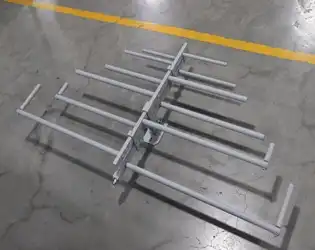
How does the Log Periodic Antenna achieve broadband operation?
February 11, 2025
Log Periodic Antennas (LPAs) represent a remarkable achievement in antenna design, offering exceptional broadband performance through their unique geometric structure and operating principles. These antennas achieve broadband operation through a distinctive logarithmic scaling of their elements, where each successive element is scaled by a constant factor relative to the adjacent element. This scaling principle creates multiple resonant structures that work together to maintain consistent performance across a wide frequency range. The antenna's active region shifts along its structure as the frequency changes, with different sections becoming resonant at different frequencies, thereby maintaining stable radiation characteristics across the entire operating bandwidth.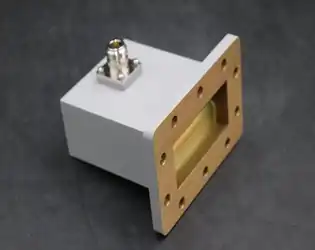
February 11, 2025
Quality inspection standards for Right Angle Waveguide To Coaxial Adapters are crucial for ensuring optimal performance in microwave and RF applications. These standards encompass various aspects including mechanical specifications, electrical parameters, and environmental testing requirements. The inspection process must verify that each adapter meets strict industry requirements for VSWR (Voltage Standing Wave Ratio), insertion loss, power handling capability, and mechanical integrity. This comprehensive guide explores the essential quality inspection standards that manufacturers and testing facilities must follow to ensure the reliability and performance of Right Angle Waveguide To Coaxial Adapters.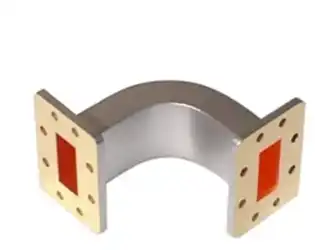
How does a waveguide E bend work?
February 10, 2025
A waveguide E bend represents a crucial component in microwave transmission systems, serving as a specialized bend or corner that redirects electromagnetic waves while maintaining their propagation characteristics. This sophisticated device is designed to guide electromagnetic waves around corners in the E-plane (the plane containing the electric field vector) while minimizing signal loss and maintaining impedance matching. The functionality of a waveguide E bend is based on careful electromagnetic field manipulation, ensuring efficient wave propagation through the bend while preserving the signal integrity and power handling capabilities that make waveguides indispensable in high-frequency applications.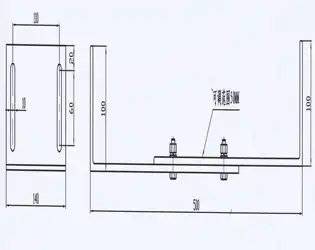
February 10, 2025
In the ever-evolving field of microwave technology, the selection of appropriate waveguide support systems plays a crucial role in ensuring optimal performance and reliability. When comparing traditional fixed waveguide supports to their adjustable counterparts, several significant advantages emerge that make Waveguide Adjustable Support systems increasingly popular in modern applications. These sophisticated components offer enhanced flexibility, precise alignment capabilities, and improved installation efficiency, making them invaluable in various microwave system implementations. The ability to fine-tune positioning and make real-time adjustments represents a significant advancement over conventional fixed support systems, particularly in applications requiring high precision and adaptability.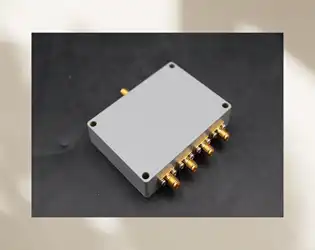
What are the key factors to consider when selecting a Coaxial Power Divider?
February 10, 2025
Selecting the right coaxial power divider is crucial for optimal RF system performance in various applications ranging from telecommunications to aerospace systems. When choosing a coaxial power divider, engineers and technical professionals must carefully evaluate multiple factors to ensure the device meets their specific requirements and system specifications. This comprehensive guide explores the essential considerations for selecting the most appropriate coaxial power divider, taking into account technical specifications, operational requirements, and system compatibility to achieve optimal performance in your RF applications.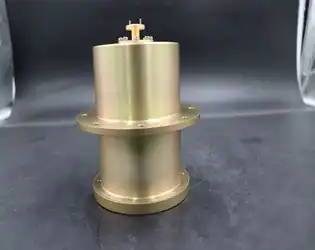
February 10, 2025
Feed Fired Lens Antennas represent a significant advancement in antenna technology, playing a crucial role across multiple sectors including communications, radar systems, and remote sensing applications. These sophisticated antenna systems utilize a unique design where the feed illuminates a specialized lens to achieve superior beam forming and control capabilities. The technology has revolutionized how we approach high-frequency communications and sensing applications, offering exceptional flexibility in beam shaping and pattern control. This comprehensive analysis explores the diverse applications of Feed Fired Lens Antennas across various fields, examining their implementation, benefits, and technological impact on modern systems.




